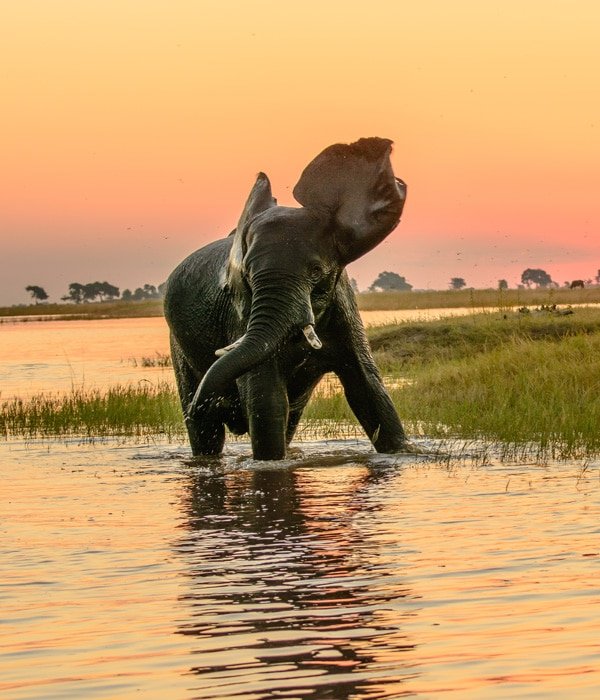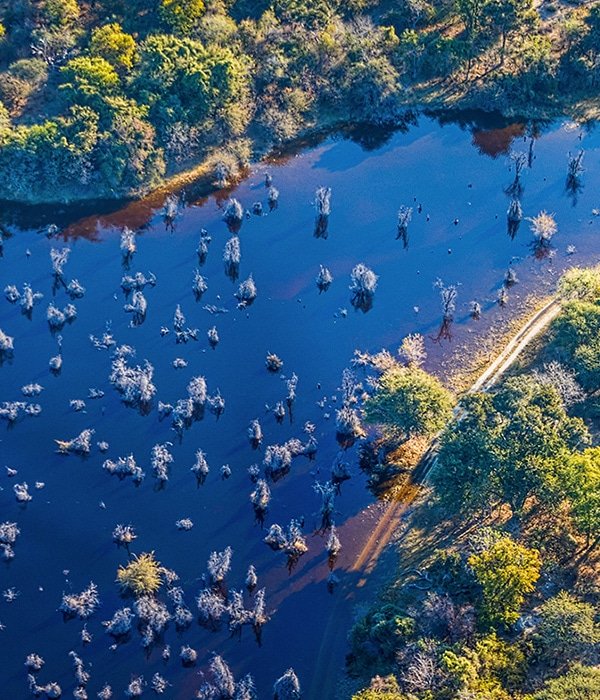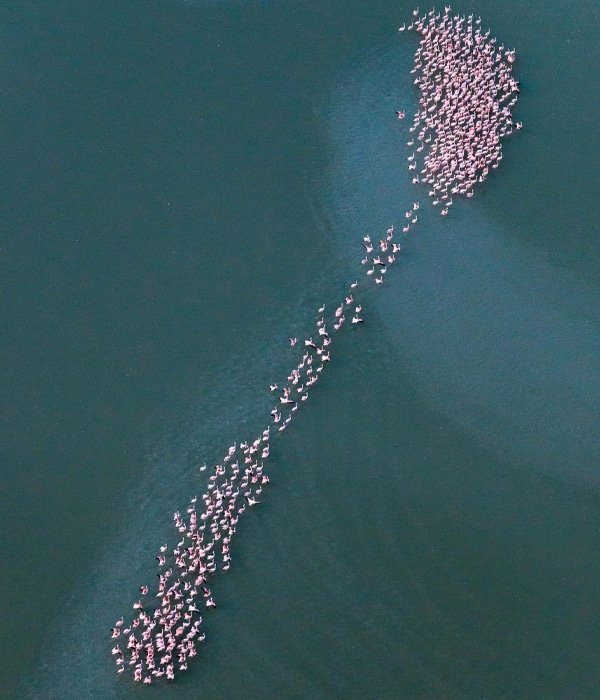Overview
Botswana is situated in the southern part of Africa, and despite the fact that the country is completely landlocked (between Namibia, Zambia, Zimbabwe and South Africa) its two big rivers, the Okavango (with its delta) and the Chobe River, make it a haven for its wildlife to thrive in all year round. A safari to see the Big Five (lions, elephants, buffalo, rhinoceros and leopard) anywhere in the pristine wilderness of the Okavango Delta or the vast red expanse of the Kalahari Desert plains will make a lifelong impression that will be hard to match.
Wildlife viewing is magnificent with the massive zebra migrations at the Makgadikgadi Salt Pans during the flood season, the Savuti plains with its large prides of lions, and of course Chobe Game Reserve which is home to one of the largest herd of free-ranging elephants in the world. Travelling through many parts of the country can be likened to moving through an immense wonderland of nature with around 38% of the country’s surface dedicated to national parks, reserves and wildlife management areas.
Botswana remains wonderfully untamed and is truly one of the last great refuges for Nature’s magnificent pageantry of life. Ikewana will help you experience Botswana, with endless starry night skies, intimate and exclusive lodges, and the sights and sounds of wild animal life right outside your lodge walls or luxury tented camp. As with all the itineraries on our website, we give just a few examples of what is possible. After liaising with you, we will be happy to plan your obligation-free itinerary according to your budget and individual needs. You only need to contact us today to start planning your dream adventure to Botswana.
Botswana's Climate
Botswana’s climate is semi-arid and for much of the year it is hot and dry. The rainy season runs through the summer months and is fairly erratic and unpredictable. The word “pula” is not only the name of Botswana’s currency, but also the Setswana word for rain – an essential and frequently scarce commodity.
Summer begins in November and ends in March, and brings very high temperatures. It is also the rainy season, and cloud coverage and rain can cool things down considerably, although only usually for a short period of time. The days are hot, especially in the weeks that precede the coming of the cooling rains, and shade temperatures rise to the 38°C mark and higher, reaching a blistering 44°C on rare occasions.
Winter begins in May and ends in August and, as it is dry season, virtually no rainfall occurs. The days are invariably sunny and cool to warm; however, evening and night temperatures can drop below freezing point in some areas, especially in the southwest. Winters are clear-skied and bone-dry, the air seductively warm during the daylight hours, but because there is no cloud cover, cold at night and in the early mornings.




